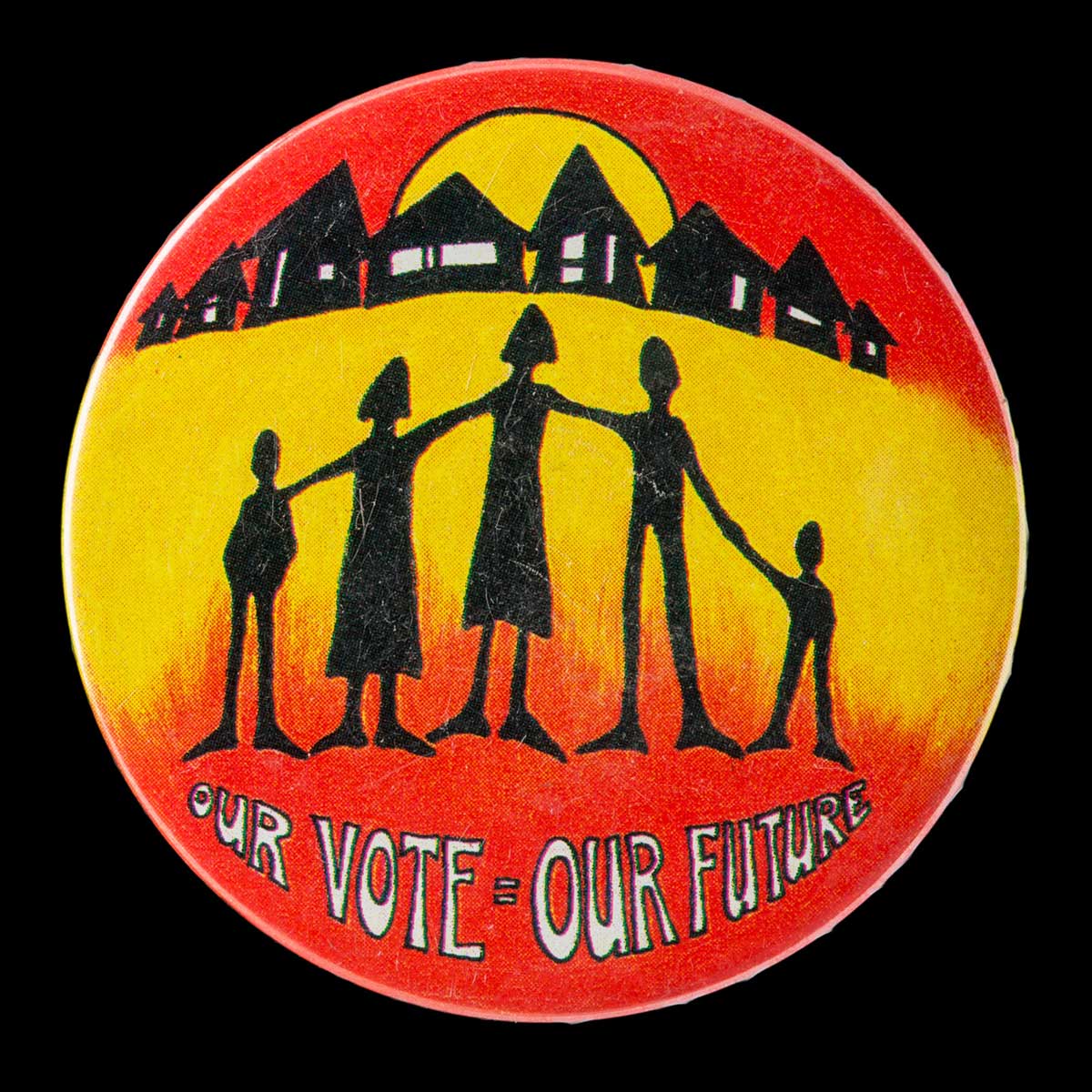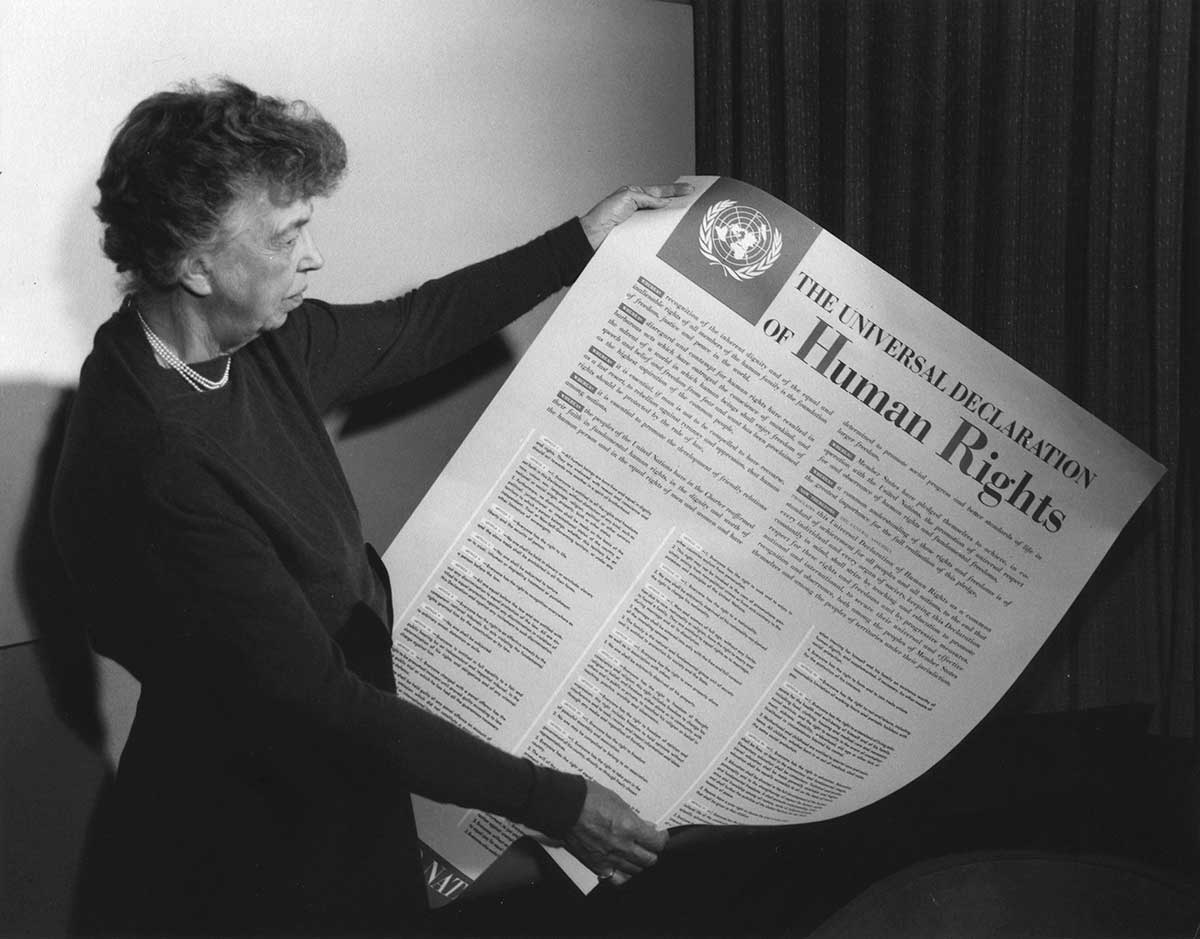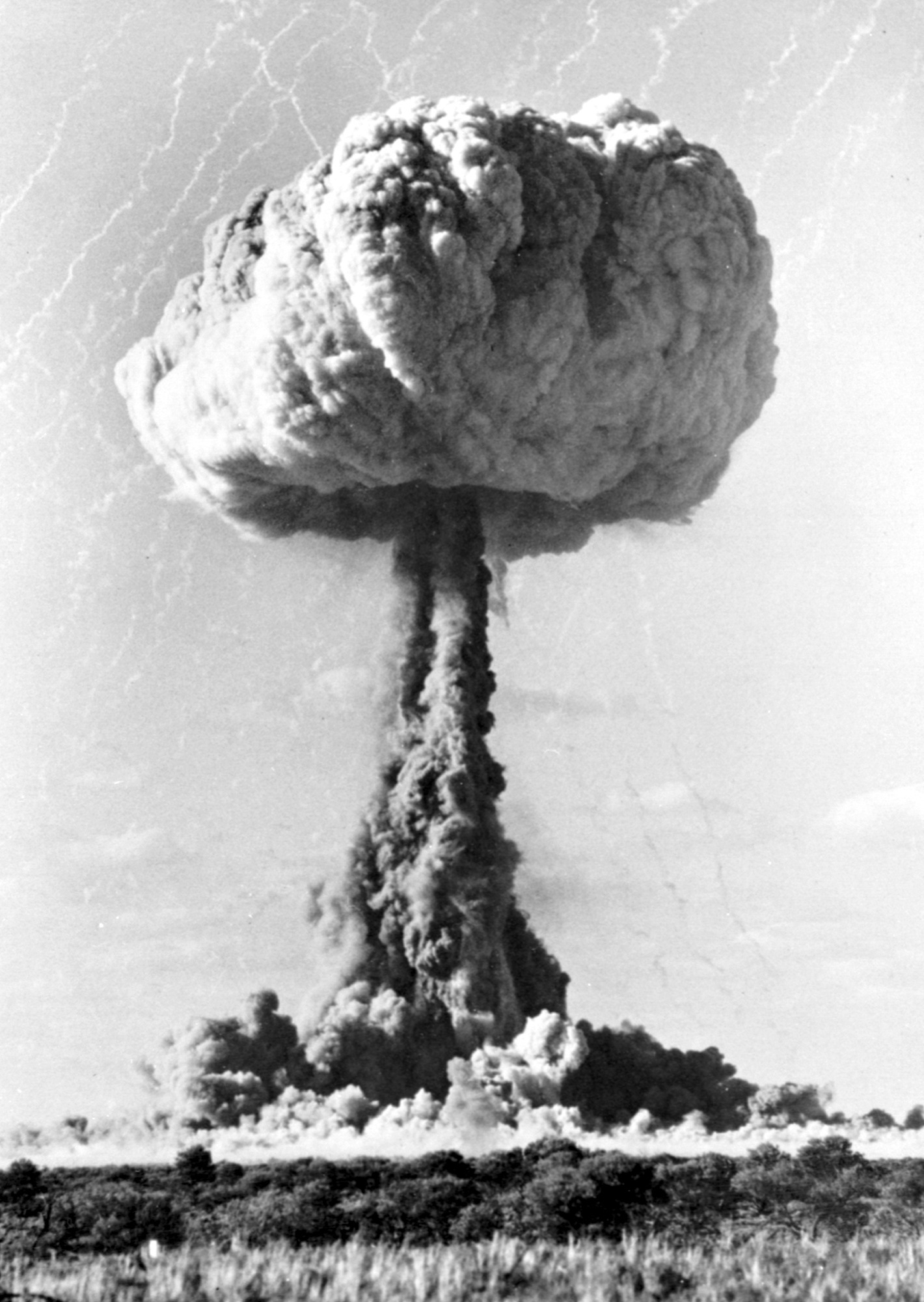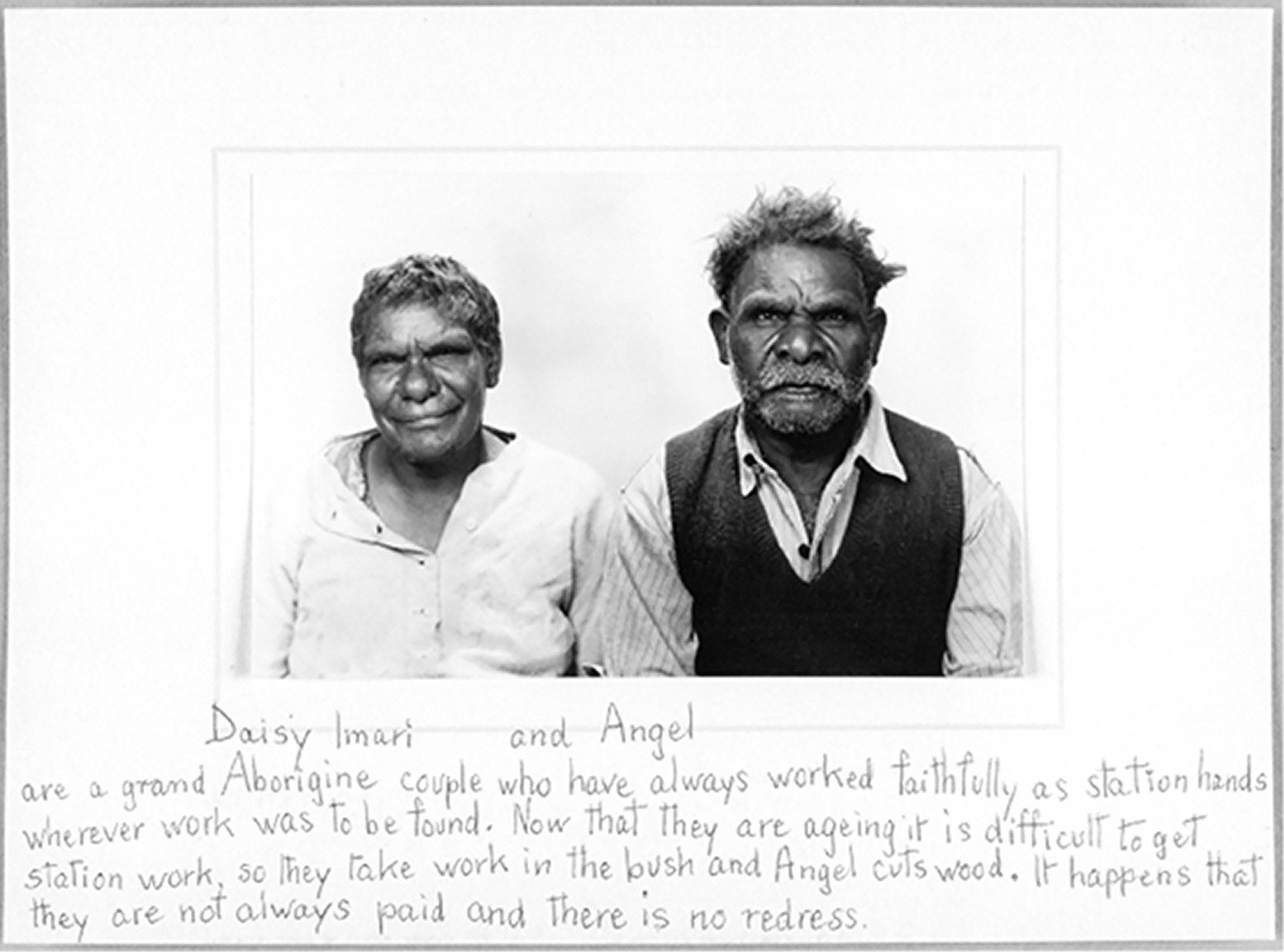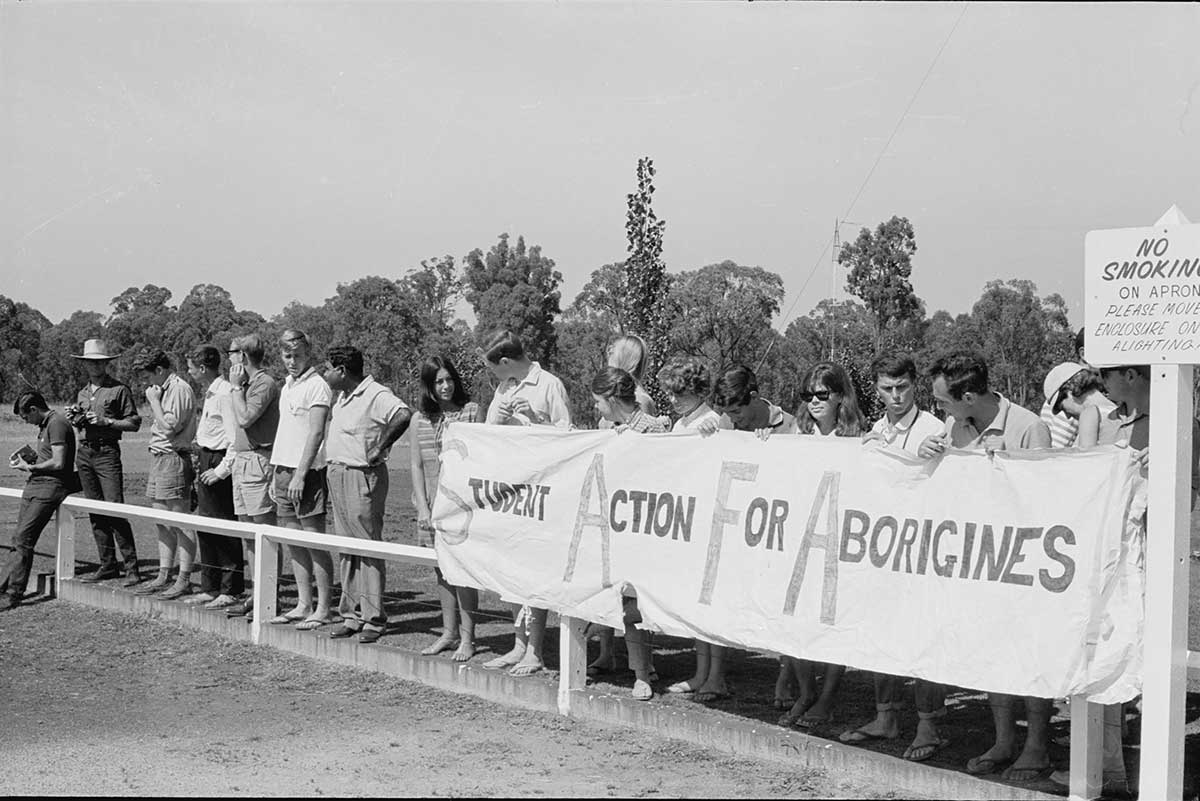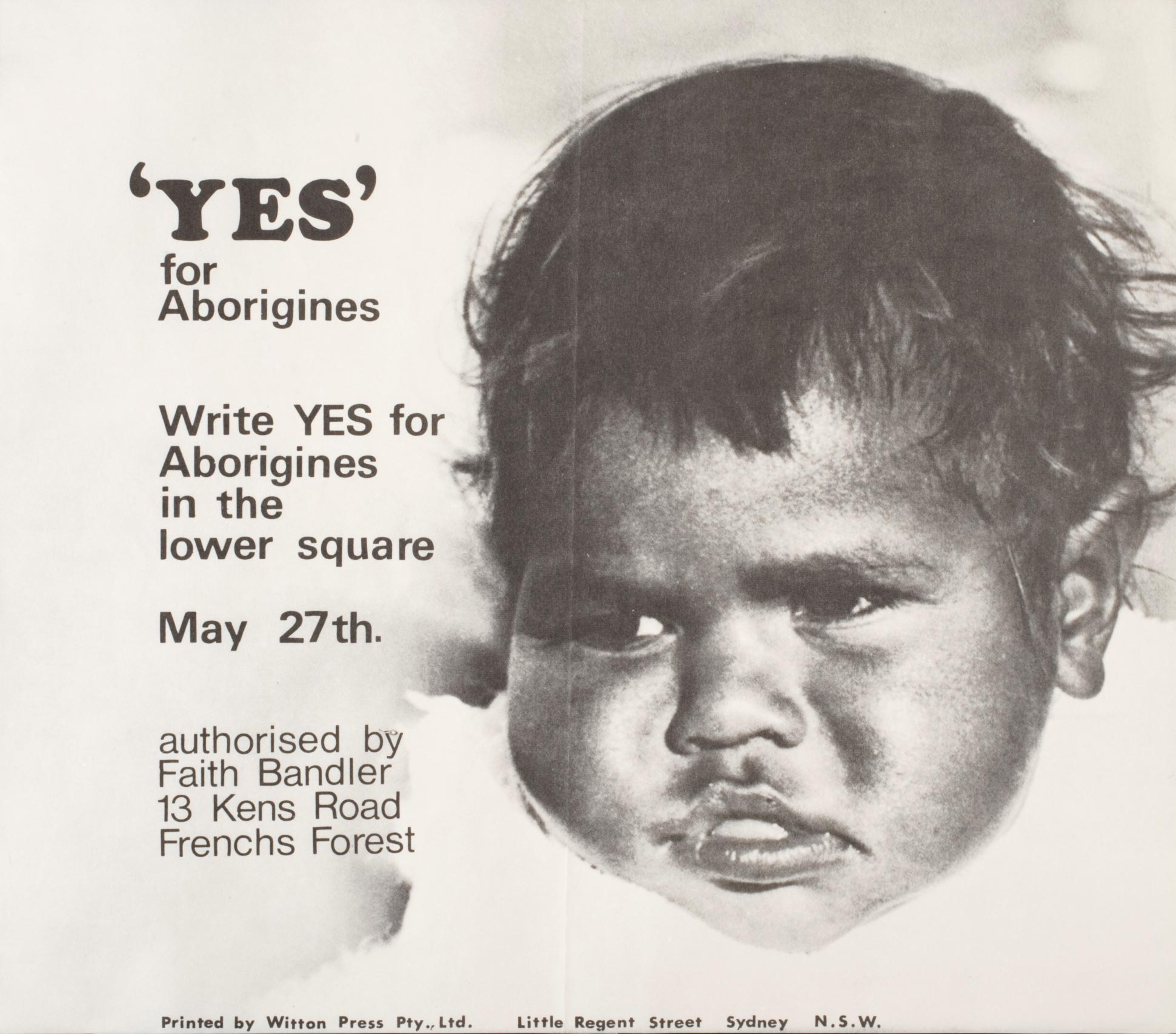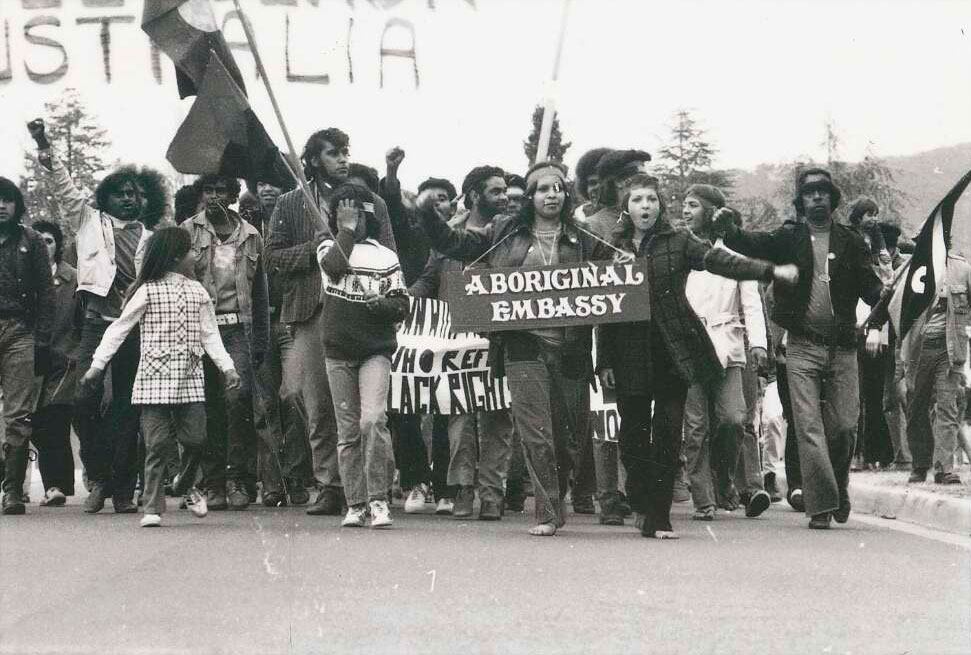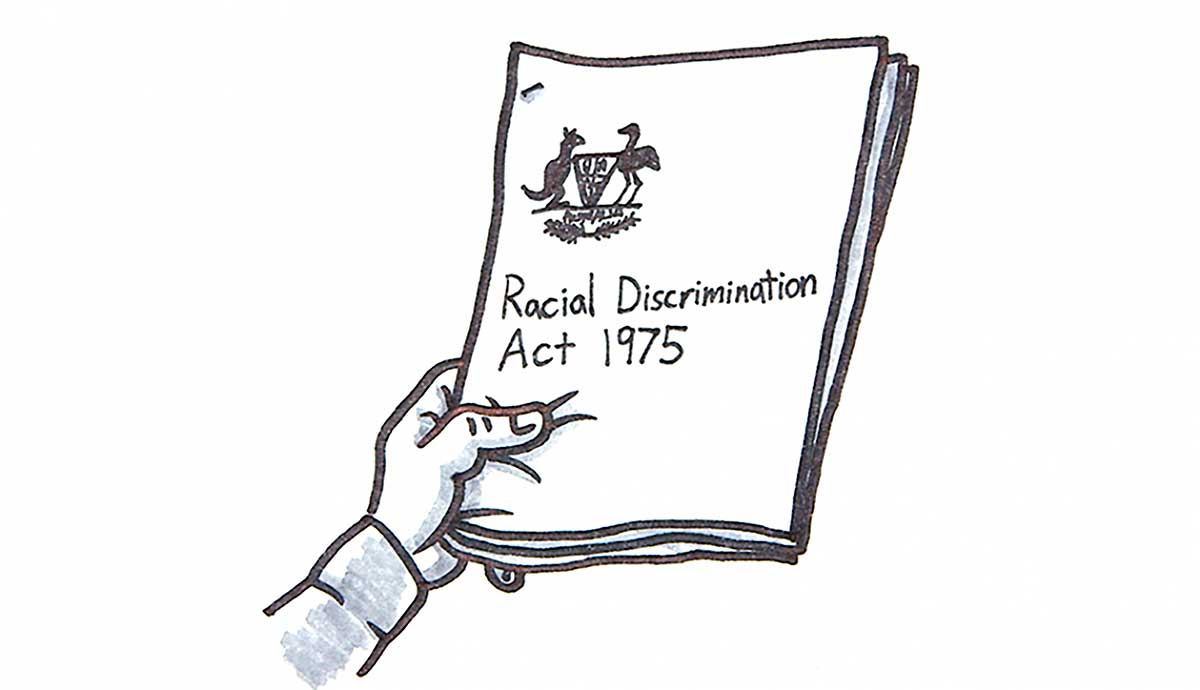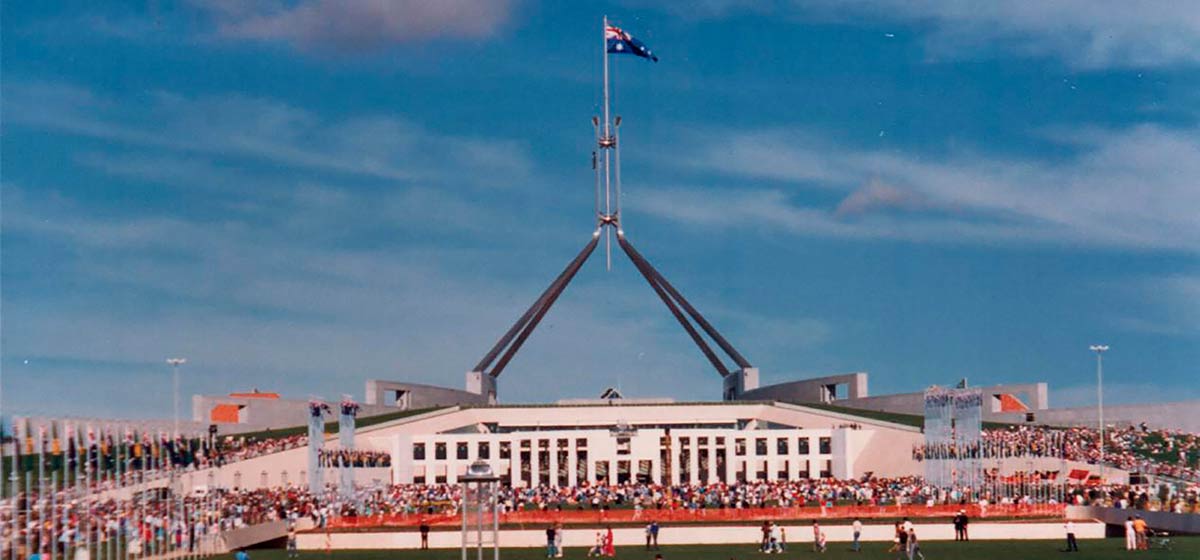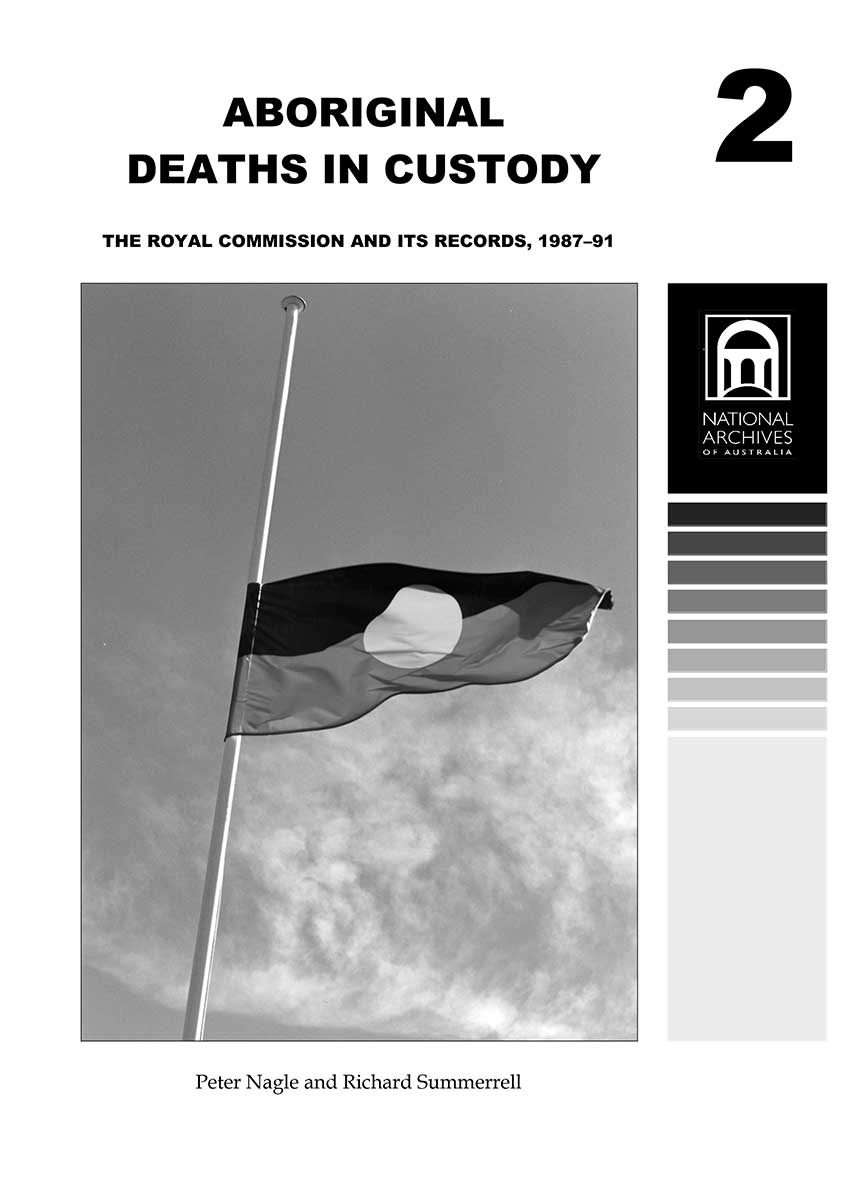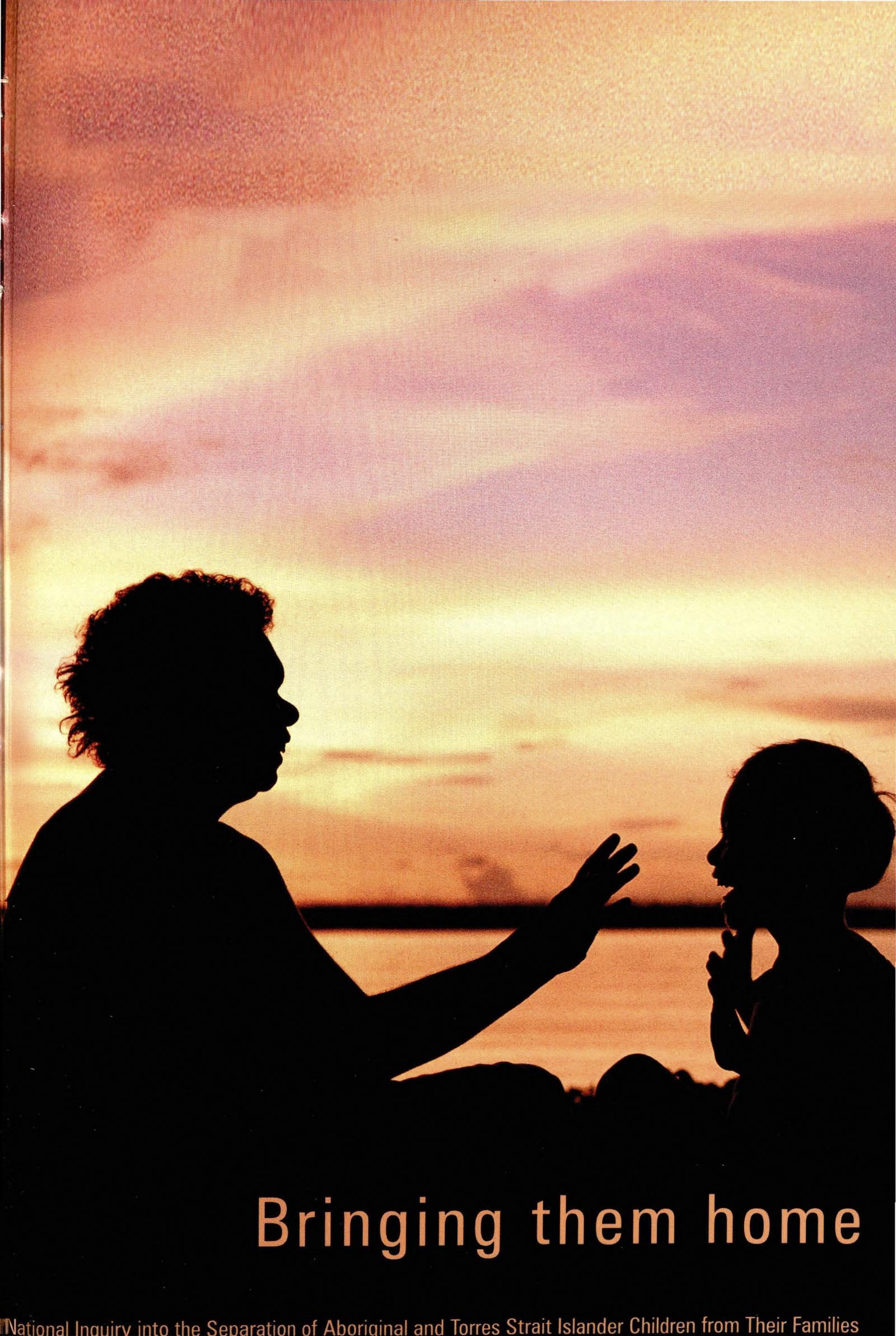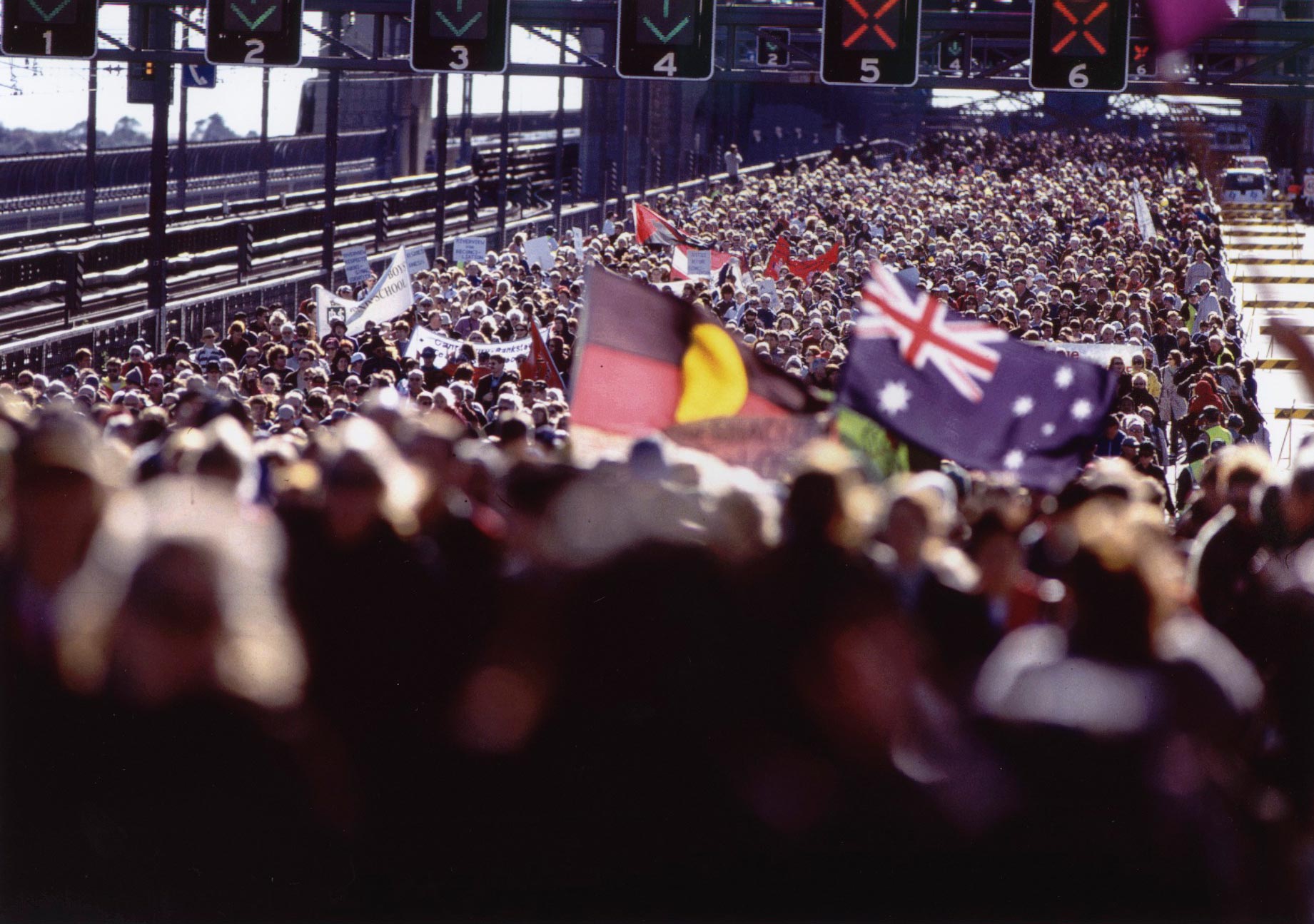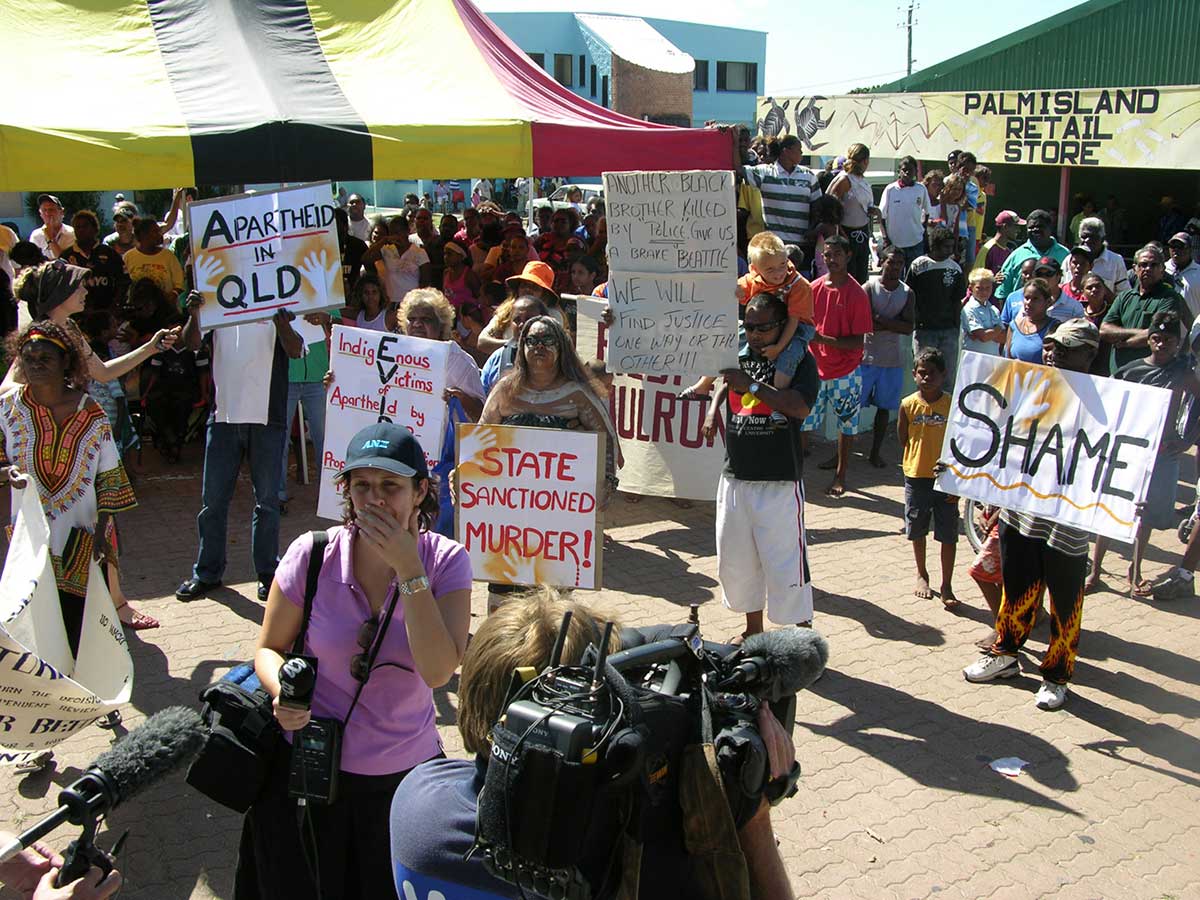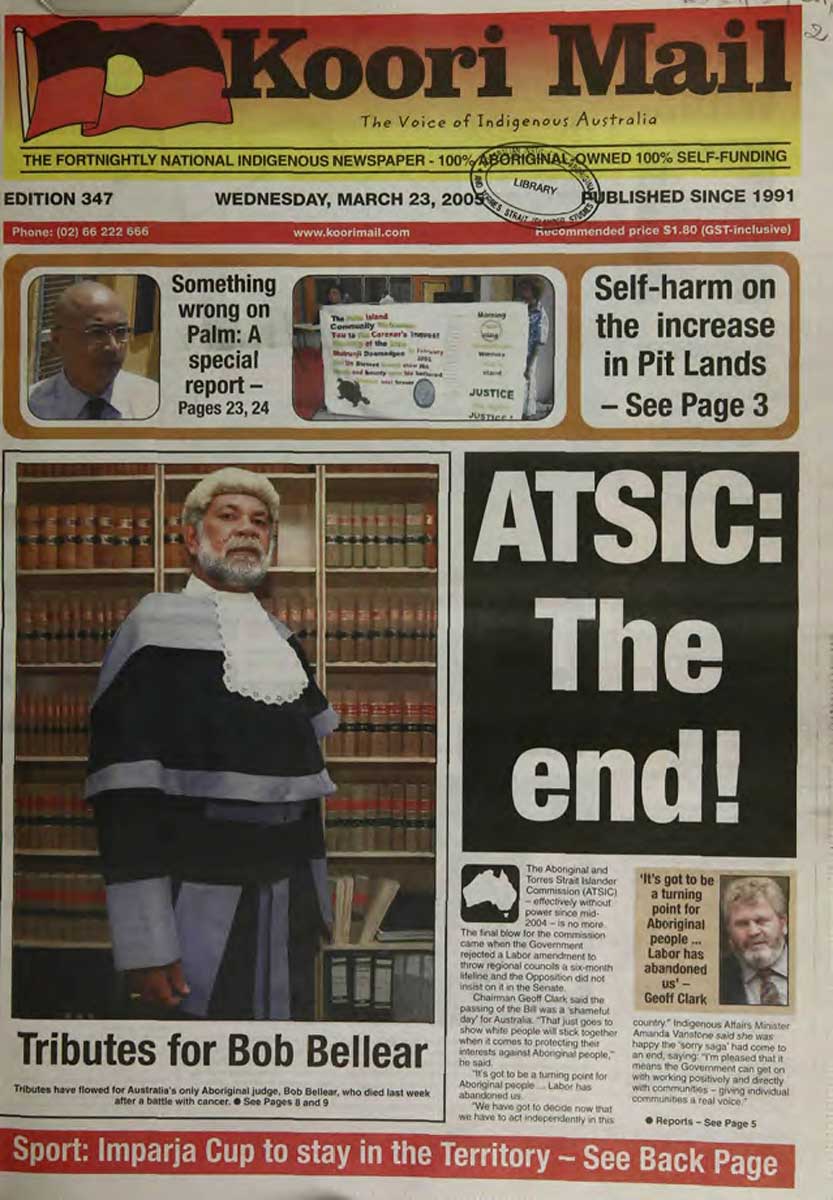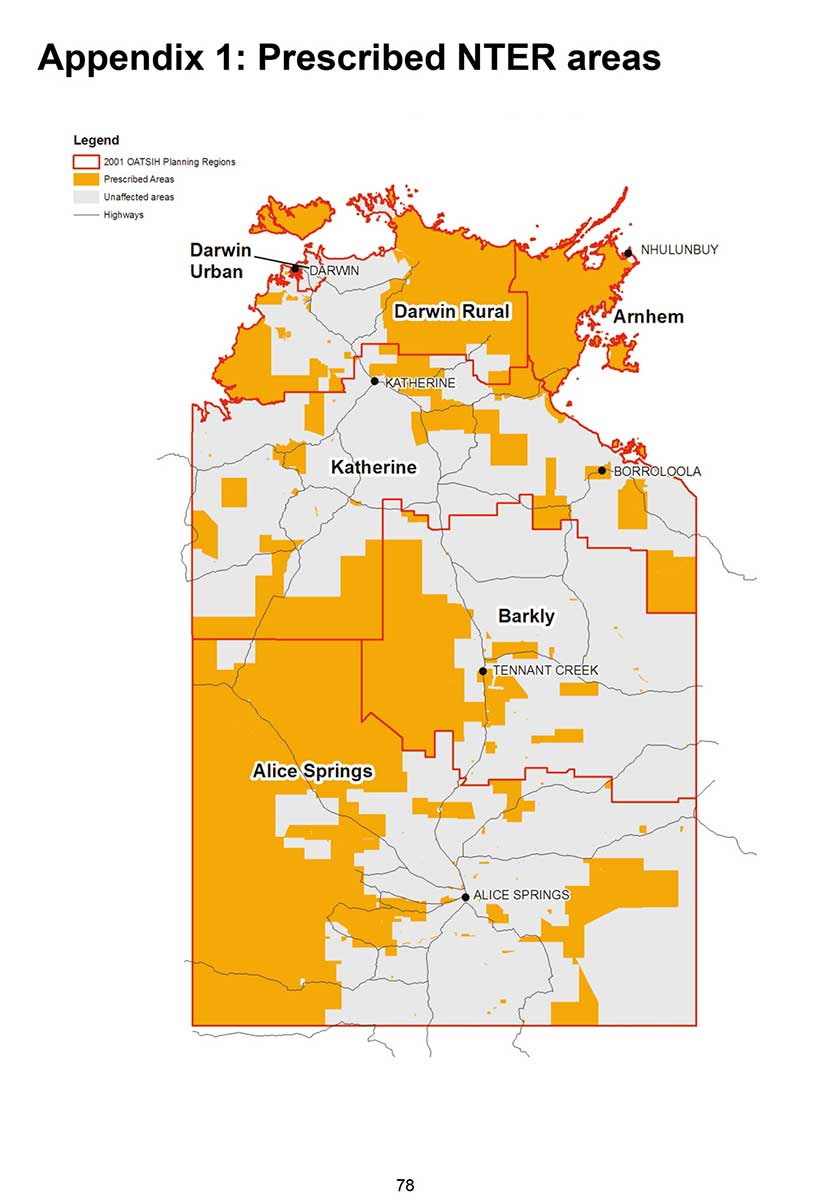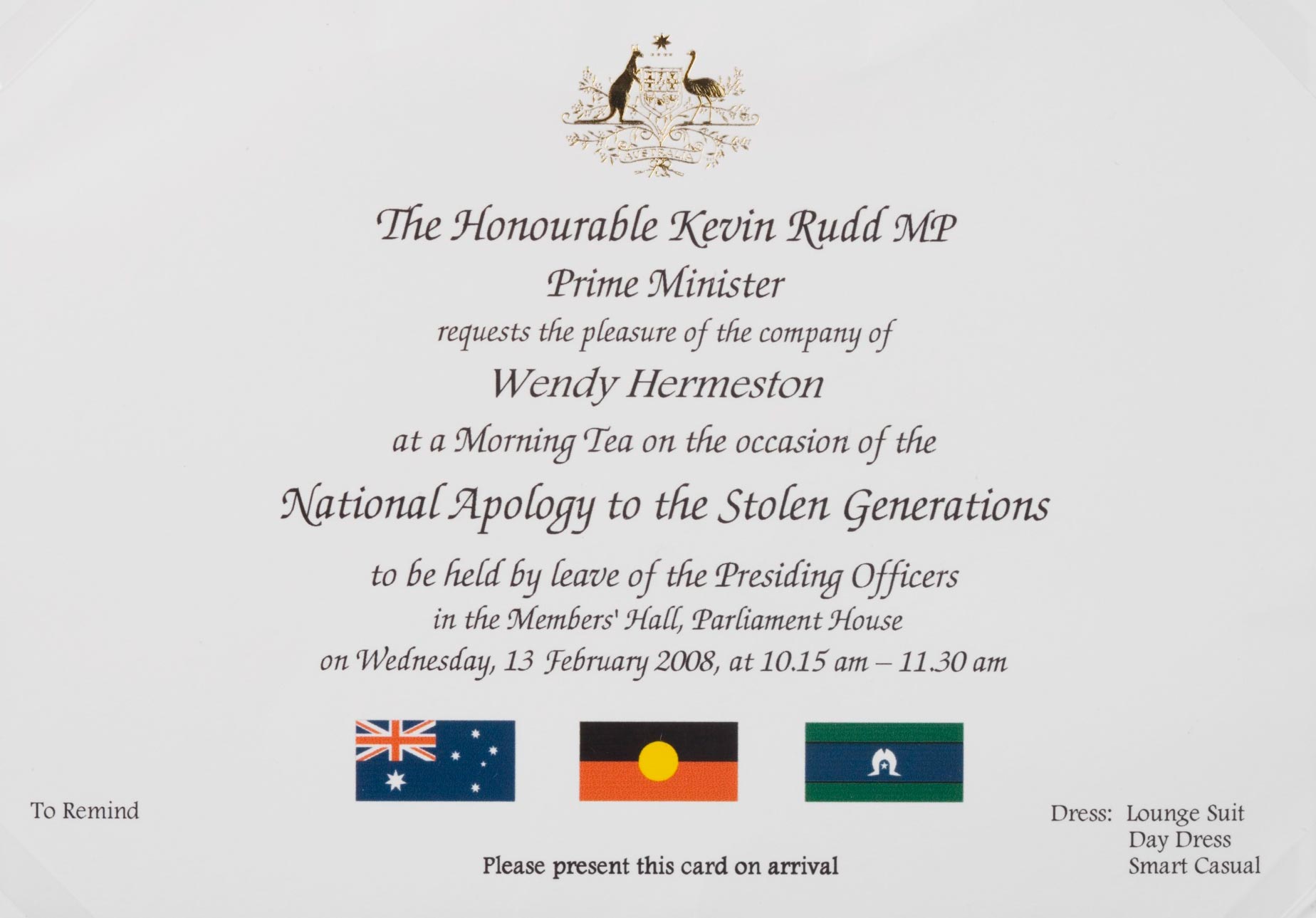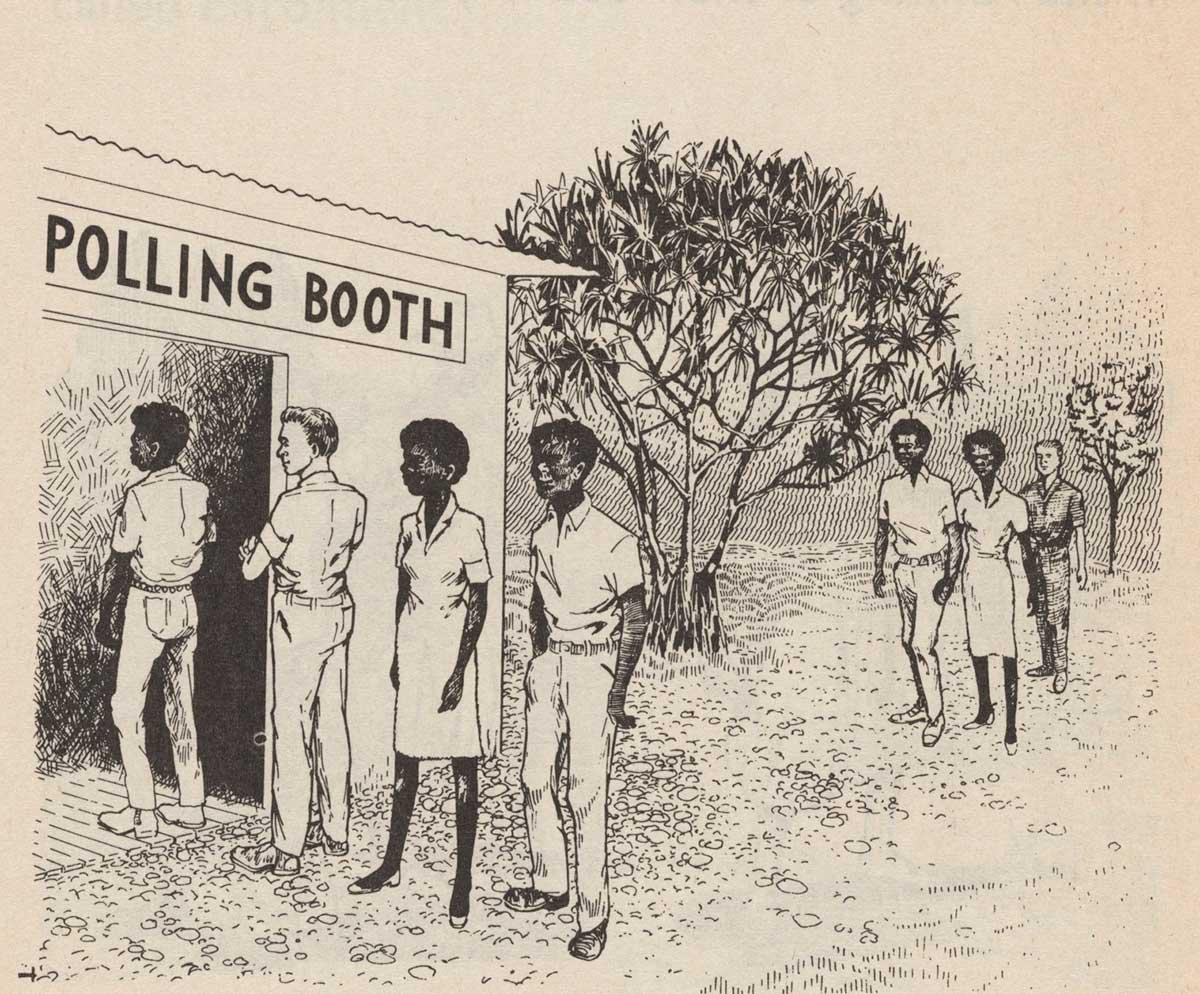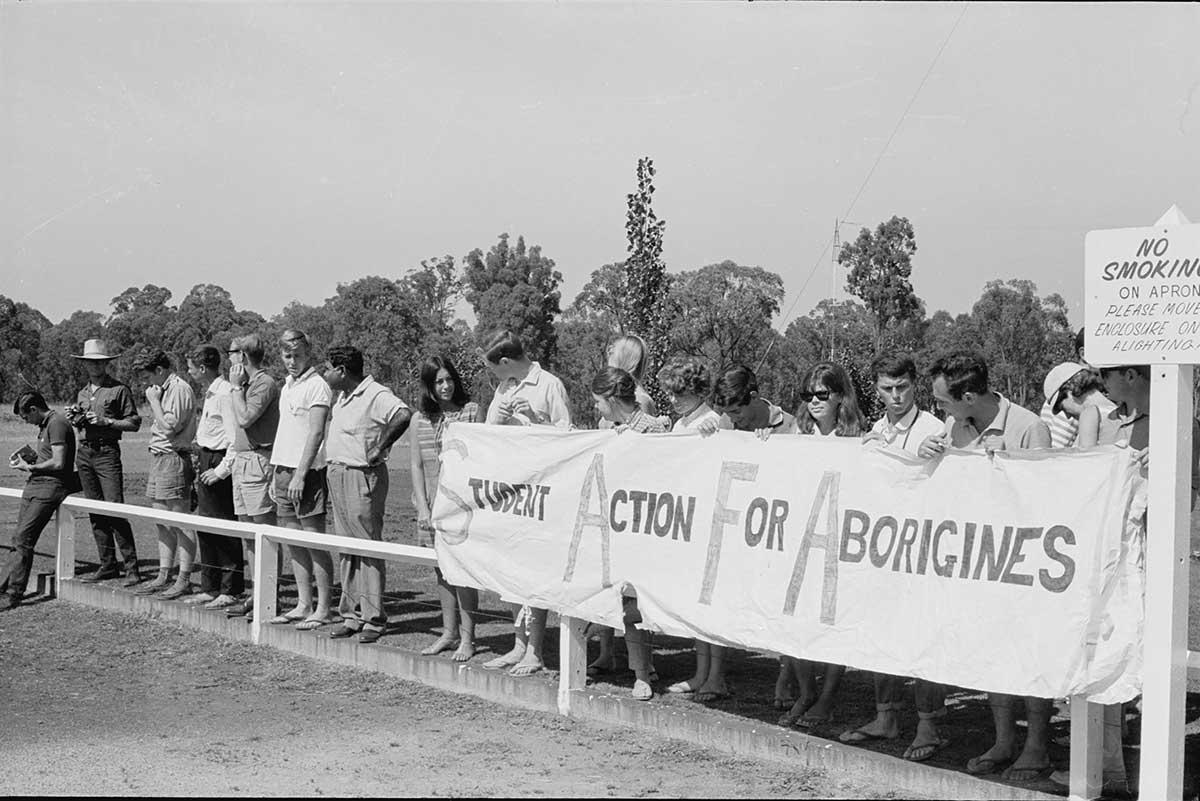Learning module:
Rights and freedoms Defining Moments, 1945–present
Investigation 1: Exploring Aboriginal and Torres Strait Islander rights through key Defining Moments
1.7 1963 Näku Dhäruk – Yirrkala bark petitions

It is 1963.
Mining explorers have discovered a huge area of valuable bauxite within the traditional land of the Yolngu people. The mining of bauxite will create wealth for the miners and the Australian Government; it could provide jobs and wealth for the local people; but it will also have an impact on the environment, and on many sacred and special sites.
Will the interests of the traditional owners be acknowledged, and a way found of satisfying the needs of both the miners and the traditional owners?
Read the information about the Näku Dhäruk – Yirrkala bark petitions on the Museum’s website and answer the questions that follow.
1. What were the Näku Dhäruk – Yirrkala bark petitions?
2. Who created them?
3. Why were they created?
4. Why were they sent to the Australian Parliament?
5. Were they effective?
6. What was the significance of the Näku Dhäruk – Yirrkala bark petitions for Aboriginal and Torres Strait Islander people’s rights?
7. How would this event have influenced the development of Aboriginal and Torres Strait Islander people’s rights over time?






